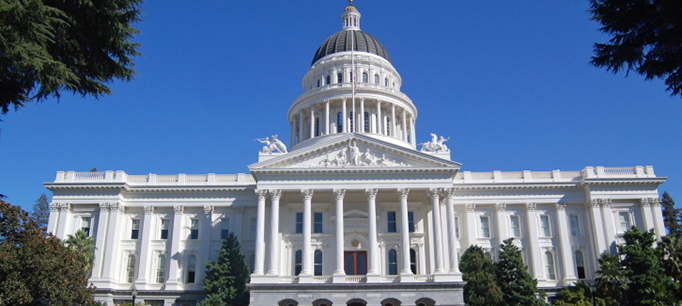The governor released the May revision of his 2014-15 budget yesterday. All told, the news was good. Revenues were modestly better than forecast in January—up about $850 million in the coming fiscal year. But due to the complexities of Proposition 98—the constitutional funding guarantee for schools and community colleges—the amount proposed for K-12 education fell slightly.
The governor’s plan for schools is mostly unchanged, however. The chart below illustrates per-pupil funding levels proposed in the May revision. Schools would receive about $8,800 for each student—an increase of $780 from 2013–14. The current estimate of per-pupil funding in 2013-14 is up slightly from the level estimated in January, providing a healthy $430 per student more than in 2012–13.
 Most of the new funding in 2014–15 goes to pay for the new Local Control Funding Formula. As in the January budget proposal, the budget includes $4.5 billion, or about $750 per student, for the new funding formula. The three-part formula distributes funding using a base grant (that differs by grade span), a supplemental grant for disadvantaged students (low-income, English Learner, and foster care students), and a concentration grant for districts that serve above-average proportions of disadvantaged students.
Most of the new funding in 2014–15 goes to pay for the new Local Control Funding Formula. As in the January budget proposal, the budget includes $4.5 billion, or about $750 per student, for the new funding formula. The three-part formula distributes funding using a base grant (that differs by grade span), a supplemental grant for disadvantaged students (low-income, English Learner, and foster care students), and a concentration grant for districts that serve above-average proportions of disadvantaged students.
The budget also provides $27 million to help districts administer new state tests. With the transition to the Common Core State Standards, new computer-based assessments are currently being field tested in California. Students take the new tests on computers linked to the internet, and the additional funding would help schools develop higher speed internet connections.
One final note: Governor Brown proposes to establish a Proposition 98 reserve in the future to protect against volatility in General Fund revenues. His proposed constitutional amendment creates a rainy day fund that would help buffer schools from the extreme boom and bust cycle of state revenues.
In addition, the governor appears to have established an approach to K-12 budgeting that helps protect state and school district finances from uncertainties in the estimating process. Because revenues—and school funding levels—are estimated a year in advance, the amount of resources available to schools changes throughout the year as the revenue picture becomes clear. To reduce risks to state and district budgets, the administration: ·
- Makes relatively conservative revenue forecasts. Moderating the administration’s revenue estimates helps prevent the state from spending more than Proposition 98 requires. If actual revenues are higher than assumed, it makes the additional Proposition 98 funds available on a one-time basis to retire debts or pay for other one-time costs. ·
- Builds more flexibility into annual K-12 budgets. The administration, for instance, proposes to spend about $1.5 billion in ongoing 2014–15 funds to retire one-time K–12 debts that were created during the recession. These one-time expenditures help protect district budgets, because debt repayment can be downsized if Proposition 98 funding does not reach its expected level, while district base budgets are left intact.
This approach requires restraint on the part of state policymakers and local educators. But the dividends—repaid debts and one-time funding for things like computer infrastructure—are also becoming more evident.


